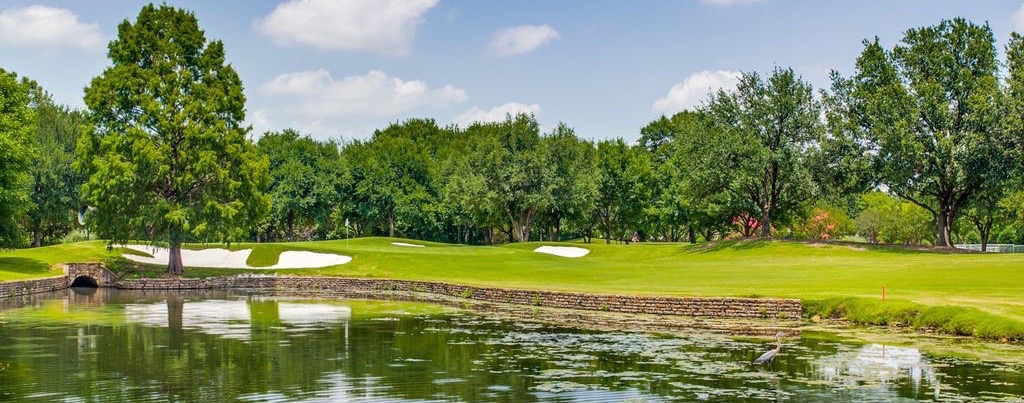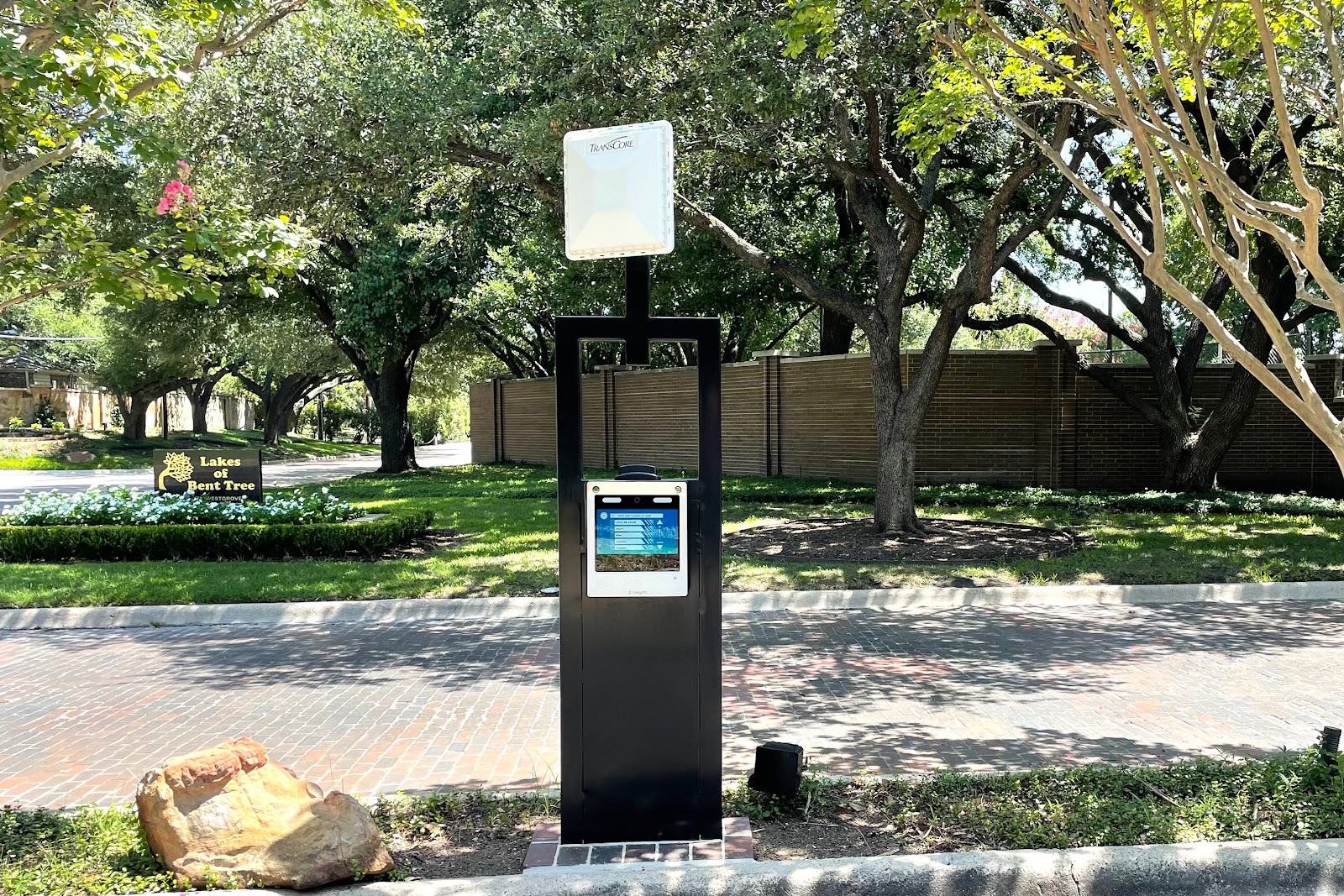A struggling lake #3
Keith Blue and the The LBT lake committee met with Bent Tree Country Club to continue discussions on budgets and the management of the 6th hole lake in 2021. BTCC has set aside $15,000 for the Lake this year. LBT has set aside $10,000.
Treatment to of the lake is expected to begin next week. Waiting until the lake is covered in algae before treating has not worked well in the past. A more robust approach is to consistently and methodically reduce the growing conditions early in the algae growth cycle.
All articles on this topic are located here.
The approved plan for 2021 is:
All of the above tactics are safe for the current wildlife. Unfortunately, the organic options are limited at this stage of the eutrophication of the lake is advanced. Dredging will be necessary to re-balance the ecosystem.
Still under consideration:
Long term plan: According to an independent assessment from 2020, the 3.3 acre lake has 3-6 ft of biological material sitting on the lake bottom that is growing each year and increasingly shallowing the lake - in some areas to to less than 1 foot.
BTTC is exploring the purchase of a small used dredge that can be deployed for localized improvements in the lake. This would be a $100,000 investment for BTCC.
BTTC has also received a bid on a large scale dredging program for the lake. The plan has not be reviewed and voted on by the board. It is unlikely any highly disruptive dredging will be undertaken until after the new clubhouse and pool are completed.
Treatment to of the lake is expected to begin next week. Waiting until the lake is covered in algae before treating has not worked well in the past. A more robust approach is to consistently and methodically reduce the growing conditions early in the algae growth cycle.
All articles on this topic are located here.
The approved plan for 2021 is:
Using a systemic aquatic herbicide (SAH).
Bushy pond weed supports the growth of algae. SAH will kill all the
living bushy pond weed. This needs to be done when the weed comes out of
its dormancy. While the herbicide kills all of the
living weed, and reduces seed production, it does not kill the seeds that are produced. For this reason, there will be 3 treatments this Spring. Each will kill pond weed and reduce seed production and increasingly reduce weed growth in the lake.
Dying the water: Black dye we be added to reduce the amount of sunlight reaching the lake floor thus reducing the photosynthesis where the algae and bushy pond weed initiate. This will be an ongoing effort as the dye will be diluted after every major rainstorm and as some dye will runs over the dam.
Using a phosphate inhibitor: Phoslock is a chemical that binds to phosphorus, the key ingredient in fertilizer that washes from the golf course into the lake and fertilizes aquatic plant growth. Reducing the phosphorus will reduce aquatic growth. A target phosphorus level will be maintained through the growing season. This also will be an ongoing process as the phosphorus increases every time there are significant rains.
Algae herbicide: The above tactics will reduce but not fully eliminate algae. Algae herbicide will used late in the season to manage the algae that is does manage to grow. BTCC has added staff and tools to spray treat the algae. In 2021, BTCC will be more nimble in its reaction to algae as it will not be dependent on large third party engagements for the whole course.
Tilapia: Tilapia is an algae eater and will be stocked in April.
Dying the water: Black dye we be added to reduce the amount of sunlight reaching the lake floor thus reducing the photosynthesis where the algae and bushy pond weed initiate. This will be an ongoing effort as the dye will be diluted after every major rainstorm and as some dye will runs over the dam.
Using a phosphate inhibitor: Phoslock is a chemical that binds to phosphorus, the key ingredient in fertilizer that washes from the golf course into the lake and fertilizes aquatic plant growth. Reducing the phosphorus will reduce aquatic growth. A target phosphorus level will be maintained through the growing season. This also will be an ongoing process as the phosphorus increases every time there are significant rains.
Algae herbicide: The above tactics will reduce but not fully eliminate algae. Algae herbicide will used late in the season to manage the algae that is does manage to grow. BTCC has added staff and tools to spray treat the algae. In 2021, BTCC will be more nimble in its reaction to algae as it will not be dependent on large third party engagements for the whole course.
Tilapia: Tilapia is an algae eater and will be stocked in April.
All of the above tactics are safe for the current wildlife. Unfortunately, the organic options are limited at this stage of the eutrophication of the lake is advanced. Dredging will be necessary to re-balance the ecosystem.
Still under consideration:
Mechanical aeration or surface turbulence: We are still investigating the possibility of air and agitation devices and BTCC is requesting bids from Marty Alcaraz at Lonestar Fountains.
Beneficial bacteria: We are still investigating introducing beneficial bacteria to employ with aeration to decompose organic matter and deepen the lake.
Beneficial bacteria: We are still investigating introducing beneficial bacteria to employ with aeration to decompose organic matter and deepen the lake.
Long term plan: According to an independent assessment from 2020, the 3.3 acre lake has 3-6 ft of biological material sitting on the lake bottom that is growing each year and increasingly shallowing the lake - in some areas to to less than 1 foot.
BTTC is exploring the purchase of a small used dredge that can be deployed for localized improvements in the lake. This would be a $100,000 investment for BTCC.
BTTC has also received a bid on a large scale dredging program for the lake. The plan has not be reviewed and voted on by the board. It is unlikely any highly disruptive dredging will be undertaken until after the new clubhouse and pool are completed.






Comments
Post a Comment
Owner comments and feedback are helpful. It is not necessary to create a blogger account - just select "anonymous" when prompted. Please include name or address in in your comment. It increases the credibility of the discussion.